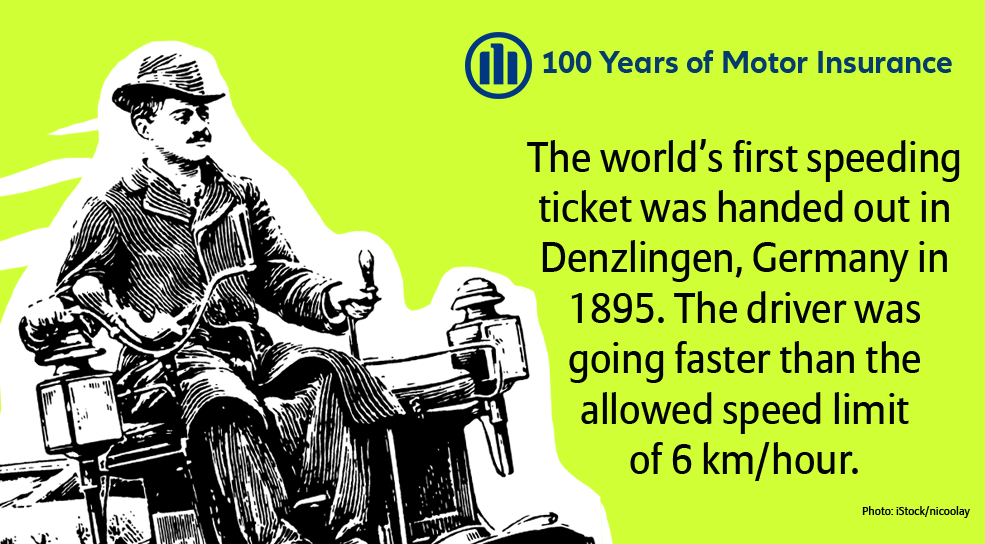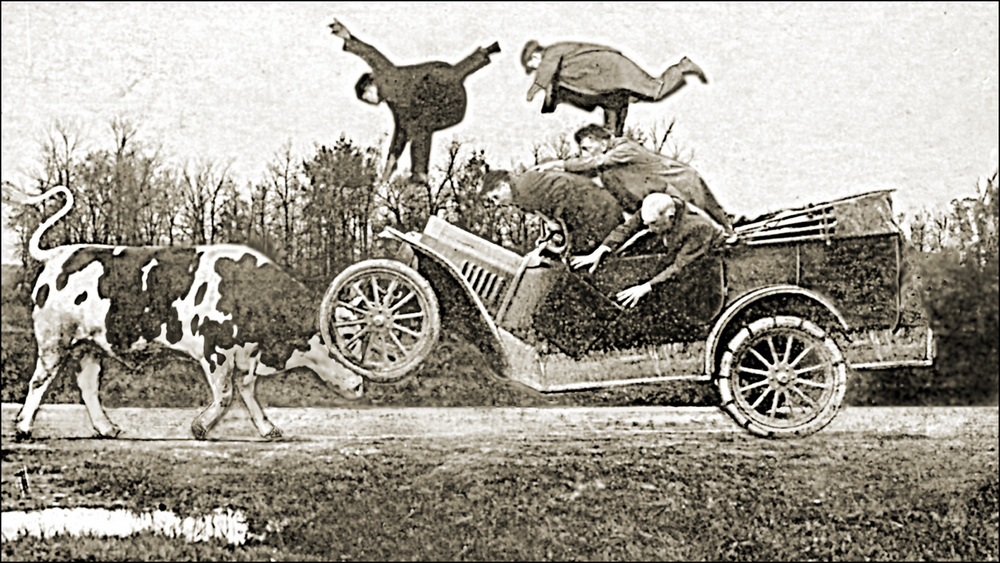Bridget Driscoll has gone down in history as the first person to be killed by a car. She was struck as she crossed the path of a vehicle giving demonstration rides in Crystal Palace in London in 1896. Although the car was moving only at 4 miles/hour (6.4 km/hour), she hesitated in front of it and, according to witnesses, seemed “bewildered” before being hit.
Bridget died of her injuries. Although the driver had been driving only three weeks and hadn’t been given instructions on which side of the road to drive on, the jury returned a verdict of “accidental death.” The coroner said he hoped such a thing “would never happen again.”
Few people back then would have imagined how the car would impact the world. There were only a handful of cars on the road at the time and Germany’s Emperor Wilhelm II, for one, said, "I believe in the horse. The automobile is only a passing phenomenon." Yet, by 1905, the Emperor had changed his mind and joined the Imperial Automobile Club (KAV), which organized motor races for wealthy men.
History does not record if the vehicle that struck Bridget was insured, but it is possible. Early cars often had coverage based on policies covering horse-drawn vehicles. The first car insurance policies were issued in the UK and the U.S. in 1898. Bridget’s death illustrated why automobile insurance – and regulations – would become increasingly important in the future.



